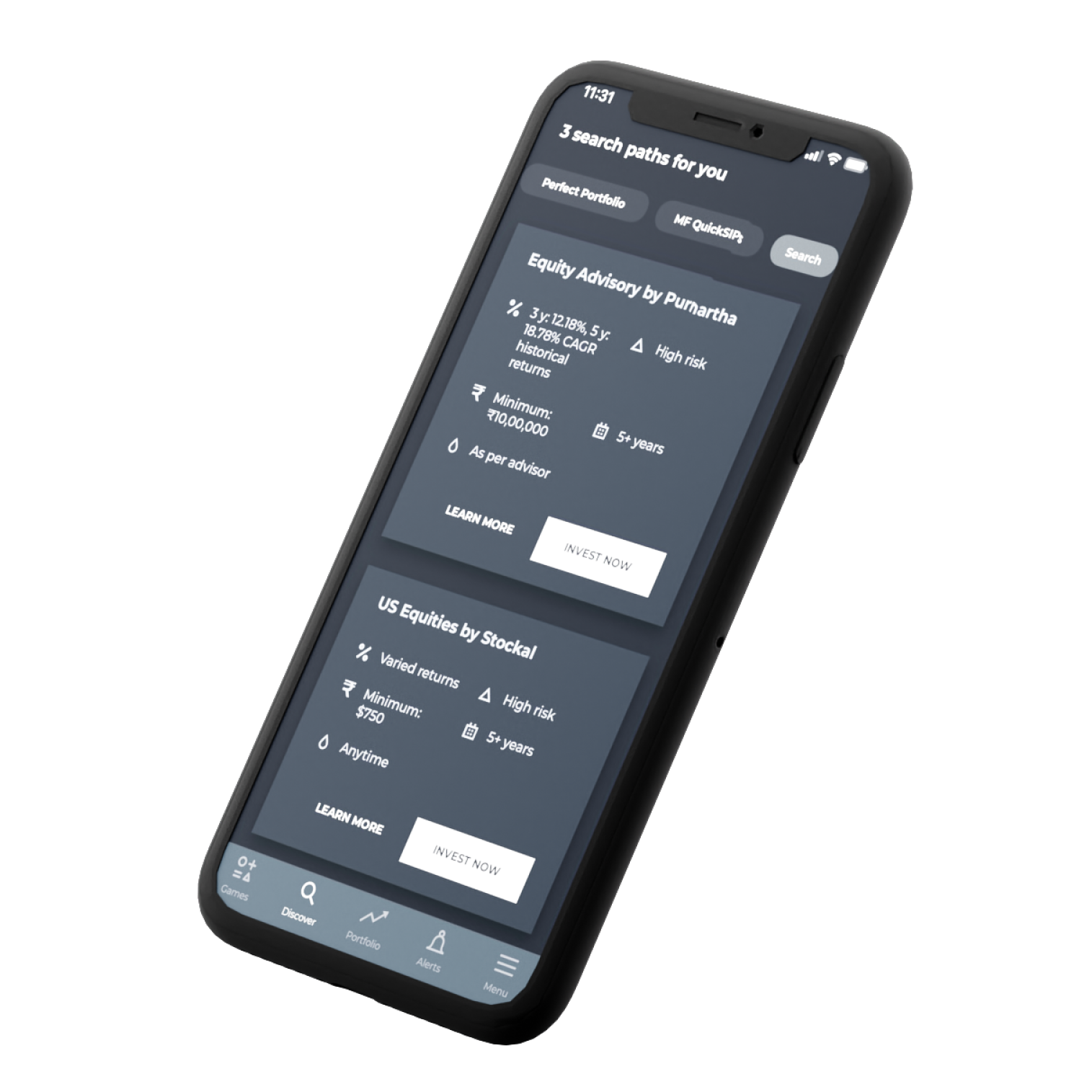
.jpg)
In this comprehensive guide, we explore how you can harness the dual advantages of retirement security and tax benefits offered by the National Pension System (NPS) in India. To begin, we differentiate between NPS Tier I and Tier II accounts, highlighting their respective purposes and flexibility. Then, we delve into the tax-saving potential of NPS, covering deductions under Section 80C and 80CCD, along with the additional benefits of employer contributions.
The National Pension System (NPS) in India is one such financial instrument that offers both retirement security and tax benefits. In this comprehensive guide, we will explore how you can maximize your tax savings with NPS.
Before we delve into the tax-saving aspects of NPS, let's understand the two different types of NPS accounts: Tier I and Tier II.
The Tier I account is the primary NPS account meant for retirement savings. It has certain restrictions, such as limited withdrawals before retirement, making it a long-term savings vehicle.
The Tier II account, on the other hand, is a voluntary savings account that allows you more flexibility in withdrawals. While it doesn't offer additional tax benefits beyond what is available under Section 80C, it can be a useful tool for short-term goals and emergencies.
Investing in NPS offers a range of tax benefits that can help you reduce your overall tax liability. Here's a breakdown of the tax benefits associated with NPS:
Contributions made towards your NPS Tier I account are eligible for a deduction of up to Rs. 1.5 lakh under Section 80C of the Income Tax Act. This deduction includes other investments like PPF, EPF, and life insurance premiums. By investing in NPS, you can effectively reduce your taxable income.
In addition to the deduction permitted by Section 80C for contributions made to your NPS Tier I account, you may deduct an additional sum of up to Rs. 50,000. This opens up an additional door for tax savings over the 80C cap.
If your employer contributes to your NPS account, that amount is eligible for a deduction under Section 80CCD(2) of the Income Tax Act. This deduction is over and above the deductions mentioned earlier and can go a long way in boosting your tax savings.Consider consulting with Cube Wealth Coach.
While NPS offers attractive tax benefits during the accumulation phase, it's important to understand the tax implications at the time of withdrawal.
When you reach the age of 60, you can withdraw up to 60% of the corpus accumulated in your NPS Tier I account as a lump sum, tax-free. The remaining 40% must be used to purchase an annuity, which will provide you with a regular pension income.
If you need to make a withdrawal from your NPS Tier I account before the age of 60, there are tax implications. Only 20% of the corpus can be withdrawn as a lump sum, and the remaining 80% must be used to purchase an annuity. The lump sum withdrawal is taxable as per your income tax slab.
The annuity income you receive is taxable as per your income tax slab. However, this allows for effective tax planning during retirement, as your overall income may be lower, resulting in lower tax liability. Consider consulting with Cube Wealth Coach or use Cube Wealth application that offer guidance for beginners.
To maximize your tax savings with NPS, consider the following tips:
The power of compounding works wonders over time. Starting early and contributing consistently to your NPS account will not only help you accumulate a substantial corpus but also maximize your tax benefits.
Contribute the maximum allowable amount to your NPS Tier I account to maximize your deductions under Section 80C and 80CCD. Additionally, if your employer contributes, ensure you are aware of and utilize the deductions available under Section 80CCD(2).
NPS offers various investment options, including equity, corporate bonds, and government securities. Diversifying your investments can help manage risk and potentially increase returns, which can have a significant impact on your retirement savings.
To reduce the tax burden, strategically plan your withdrawals. If you need to make an early withdrawal, be aware of the tax implications and consider the 20% lump sum limit.
A: The minimum annual contribution for an NPS Tier I account is Rs. 1,000, and there is no maximum limit. However, the tax benefits are subject to certain conditions and limits, as discussed earlier.
A: Yes, you can make partial withdrawals from your NPS Tier I account before retirement, subject to specific conditions and tax implications. Early withdrawals are limited to 20% of the corpus.
A: Under Section 80CCD of the Income Tax Act, you can claim deductions for contributions made to your NPS Tier I account, with a maximum deduction of Rs. 1.5 lakh under Section 80C and an additional Rs. 50,000 under Section 80CCD(1B).
A: NPS offers unique advantages such as flexibility in choosing your asset allocation and a potential for higher returns due to its equity exposure. To find the one that best suits your financial objectives, you should contrast NPS with other retirement products including EPF, PPF, and tax-saving mutual funds.
A: Absolutely. NPS is an excellent retirement savings option for both salaried and self-employed individuals. It offers tax benefits and a disciplined way to build a retirement corpus, making it a versatile choice for anyone looking to secure their financial future.You can also download the Cube Wealth application
In conclusion, the National Pension System (NPS) is a powerful tool for both retirement planning and tax savings. By understanding the various tax benefits, withdrawal rules, and optimizing your contributions, you can make the most of this financial instrument to secure a comfortable retirement while minimizing your tax liability. Remember to consult a financial advisor to tailor your NPS strategy to your specific financial goals and needs.At Cube, we advise you to download the Cube Wealth application so that you can receive individualized advice from business leaders and seasoned coaches for a successful investing journey.
Other Blogs You May Like:






on stock picking, poring over excel sheets, financial news, analyzing market trends, tracking the Sensex, researching company fundamentals, comparing mutual funds, reading financial reports, trying to predict the future & losing your sanity!